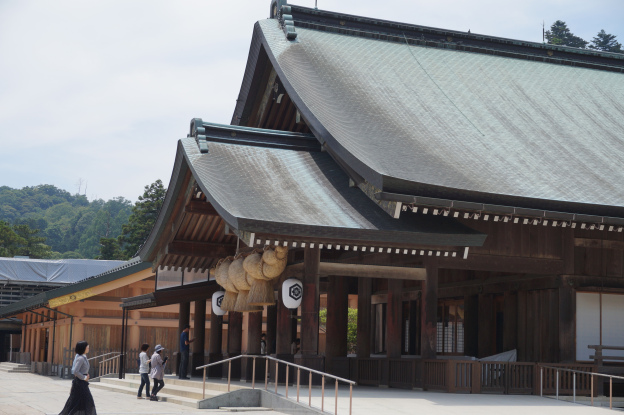
Preface
We expand on the previous topic of To no Wosite, using Beace’s post of 2013. We have posted some information from Beace at https://woshiteworld.wordpress.com/2021/07/08/ama-no-iwato-amateru-returns-from-seclusion/.
Kagunoki is a Symbol of To no Wosite
It is written in the Wosite documents that Kagunoki (Kagu-no-ki, the Kagu tree) is a symbol of To no Wosite. It is also called Tachibana. The flower is called Tokoyo-no-hana, flower of Tokoyo. Tokoyo was the first name for the Japanese civilization during the time of the founder, Kunitokotati (aka Kunitokotachi). It was governed by a Nori (constitution) called To.
“The word Nori is usually translated as law, but this To is more precious than anything else, and even if other Nori may change, this To should be protected forever as long as there is a kuni (country).”
“Nori,” then, has the meanings of law, constitution, and principles by which to act and to govern.
As the children of Kunitokotati spread civilization, they planted the Kagunoki and were reminded:
どの国も「ト」の、
人を思いやる心「ミヤヒ(汝の幸せのために)」を忘れないように。
カグの花のように、
いつまでもその心が香り立ち、広がっていくように。
To in every part of the country,
Don’t forget the caring Miyahi heart for your happiness.
Like the Kagu flower,
may the essence of its scent spread forever.
Kaguyama, Mt. Fuji
The beautiful mountain in the Tōkai region where Kunitokotati planted the Kagunoki has been called Kaguyama, later Haramiyama, and is known in modern times as Mt. Fuji. This is the place of Isanami’s misogi purification on the mountain as she prayed for the baby to be known as the great leader Amateru. By the time that Amateru’s grandson Honoakari (Asuka Ōkimi) was a teenager, the name of the mountain had already changed to Haramiyama (for Isanami’s pregnancy). When Honoakari moved the capital to Asuka, the mountain there was also given the nostalgic name of Ame-no-Kaguyama, or Heaven’s Kaguyama. Honoakari is also known as Kaguyama Ōkimi.
What kind of tree was Kagunoki?
Beace, the author of the Julian Way blog, is a native of Yatsushiro city in Kumamoto Prefecture, island of Kyushu. Yatsushiro is associated with mikan (tangerine, mandarin orange), and Kumamoto has long been known as a major producer of mikan. She remembers a small mikan called Takada mikan in Takada town of Yatsushiro. There was also a ko-mikan (small mikan) in Kagoshima. She has learned that in a village in the mountains of Hitoyoshi in Kumamoto, there is a mikan called kagu. Was the Kagunoki of Wosite history actually growing in Kumamoto?
Isanami and Isanagi traveled all over and planted Kagunoki everywhere. Beace is sure that their great-grandchild Ninikine brought it to Kyushu (then Tsukushi).
Additionally, she learned that ko-mikan in Takada, Kumamoto, has a very old history. According to the article, the kagu and tachibana that are written in Wosite are unique to Japan. They would have been extremely cold-resistant for citrus fruits. In other words, they may be different from the so-called mikan.
Editor’s Notes
I wonder if the origin of the word Norito lies in the beginning of this article. Norito is the word for a Shinto invocation, a communication with kami. This most important activity of a meeting with kami is associated with the Nori of To, the Principles of To-no-Wosite.
I noticed that there is an odd coincidence of the word Yatsushiro, written 八代. The hometown of Beace is 八代 Yatsushiro in Kumamoto Prefecture, and Amateru was the Eighth Generation Amakami, namely 八代 Yatsushiro Amakami. Another coincidence (or synchronicity) is the connection of the Kagunoki, the Tachibana tangerine, with a village in Yatsushiro, Kumamoto. Clearly, Beace has several connections with the chronicles of Wosite.
The importance of Kagu as in Kaguyama is seen in the modern name for Kaguyama as the most esteemed mountain in Japan, the iconic Mt. Fuji.
I wish to point out that the Kagu theme of fragrant essence occurs throughout the Wosite literature. There once was a document called the Kagu-no-Humi, the Fragrant Document. It may have been absorbed into one of the extant Hotuma Tutaye or Mikasahumi, or otherwise lost to posterity.
I am deeply moved by the intention of the Wosite leaders for the happiness of the people, and their reverence for nature and sacred places. They embodied selfless principles in their actions on behalf of others’ welfare. Their norito invocations to kami were not so much asking for favors as to hold in their kokoro heart-minds the blessings of nature, with deep gratitude.
***
